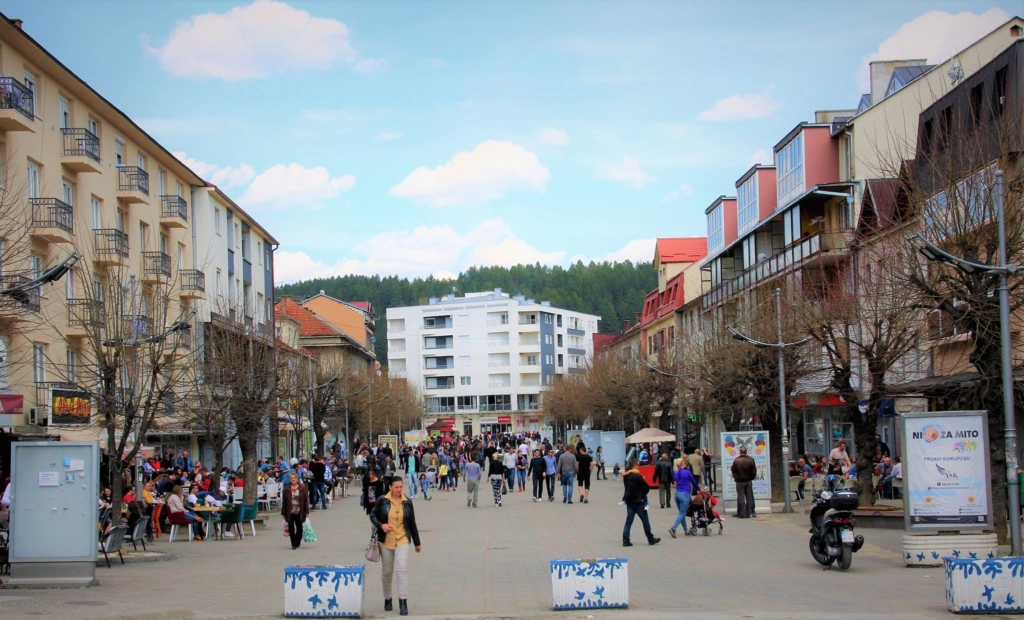
Berane is a town in the northeast part of Montenegro that lies on the banks of the mighty river Lim. This is one of the youngest Montenegrin cities. It was founded in the second half of the 19th century (1862) by order of the Turkish general Husein Pasha. Berane is located in the vast Tifran valley, known for its fertile lands, and is naturally well-secured by numerous mountains.
Some sources claim Berane originates from the Old Slavic word for beran/baran, which means ram. This is a widely-accepted fact, given that this was a livestock-rich region. Other sources claim Berane originated from the Turkish word Bir-hane, which means one khan – one house. Another opinion is that Berane was named after Beran-Selo, a small settlement from the 14th century.
Berane is considered one of the most important heritage centres of the northern region of Montenegro. It officially became part of Montenegro after the First Balkan War in 1912. This was the year when Berane was finally liberated from centuries-old Ottoman rule. Nevertheless, from 1949 to 1992, the city was named Ivangrad after the national hero Ivan Milutinović. Since 1992, the settlement has been renamed Berane.
Berane abounds in cultural, historical, and religious monuments. With more than 30.000 citizens, this city is where orthodox Christians and Islamic communities have coexisted for centuries.
Monastery “Đurđevi Stupovi”.
Among the many cultural sites, the Orthodox monastery Đurđevi Stupovi stands out. This is one of Montenegro’s oldest preserved monasteries, dating back to the 13th century (1212/1213). The monastery was endowed by the Nemanjić family, a prominent Serbian family from medieval times. Previously, this monastery was dismantled and rebuilt five times. The Budimljansko-Nikšić bishopric of the Serbian Orthodox Church in Montenegro has had its seat here since 2001.
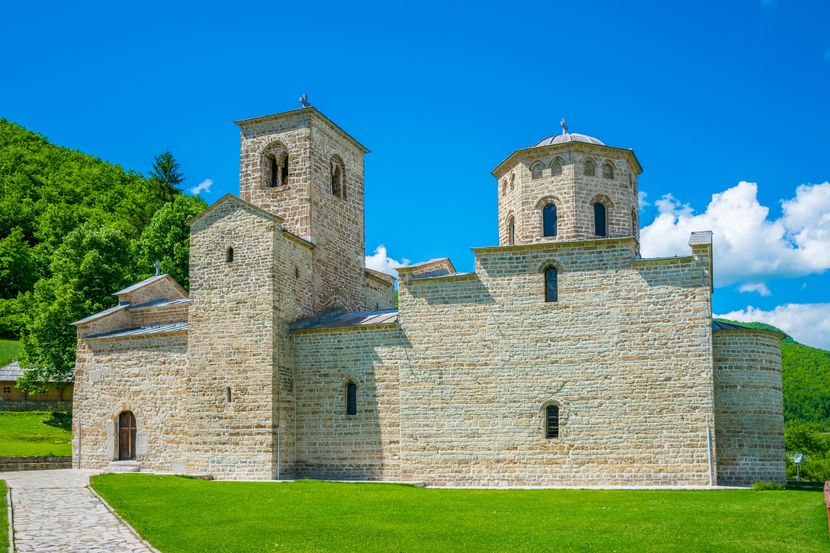
“Šudikova” Monastery
Aside from the Đurđevi Stupovi monastery, the Šudikova monastery is a significant cultural and historical resource. For centuries, it served as a thriving cultural and educational center on the Lim River’s right bank. The monastery’s name, Šudikova, was likely derived from its judicial function. Until its demolition, the court’s seat was located inside the monastery. In 1738, the Ottomans looted and burnt the monastery, but it was later restored in 2005.
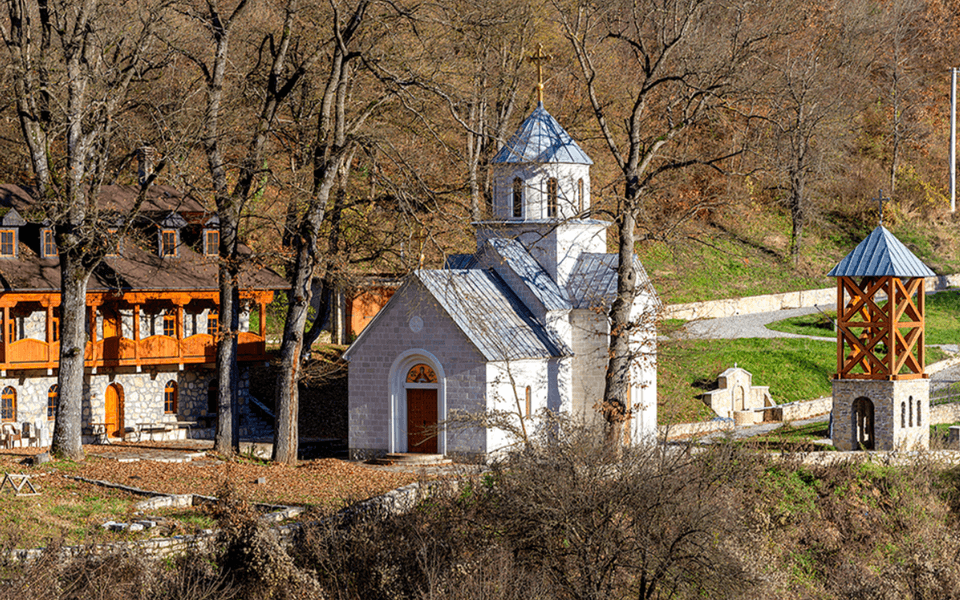
Islamic Vakuf House
Another important cultural monument of Berane is the Islamic Vakuf House, built in 1883. This cultural object is important primarily because of the fountains and the endowment of Ahmed Hamdi Pasha. Ahmet Pasha was the Grand Vizier of the Ottoman Empire from the 19th century.
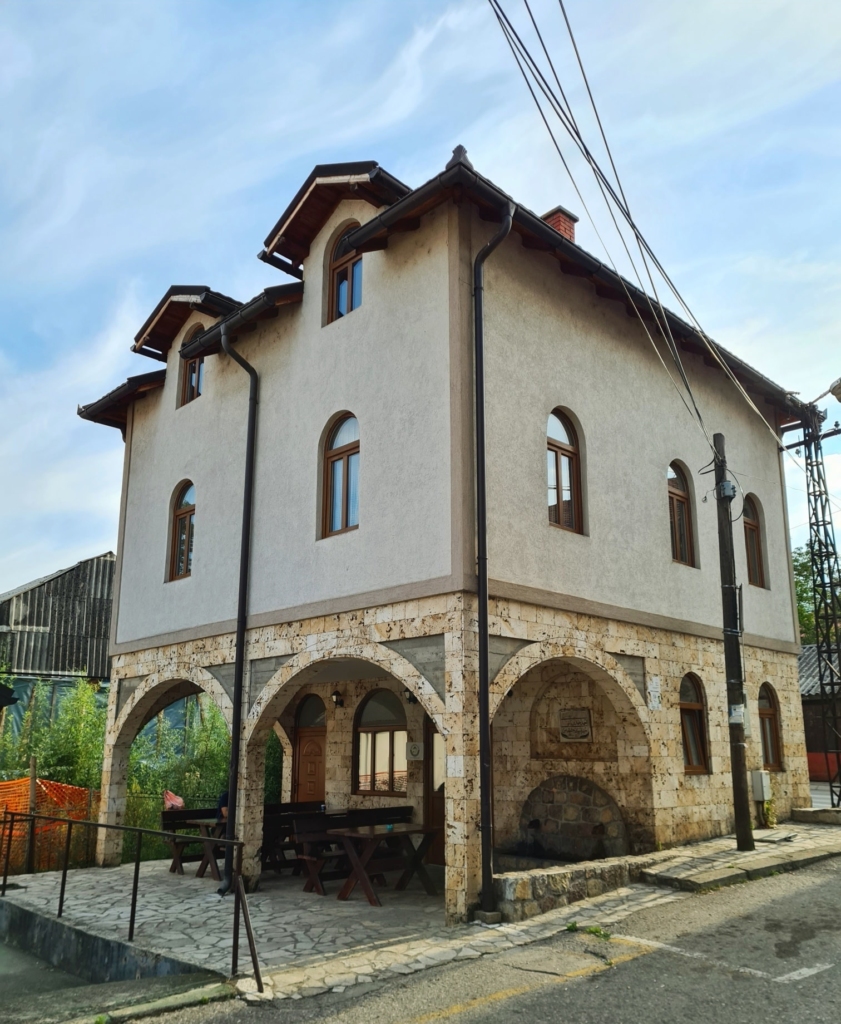
Obelisk “Freedom.”
One of the city’s emblems is the massive “Freedom” monument atop Jasikovac Hill. This monument was erected to commemorate the murdered patriots and victims of World War II. One of this 18-meter-high monument’s most distinguishing features is its bullet-shaped design. The memorial complex additionally includes 40 granite blocks that encircle the main obelisk.
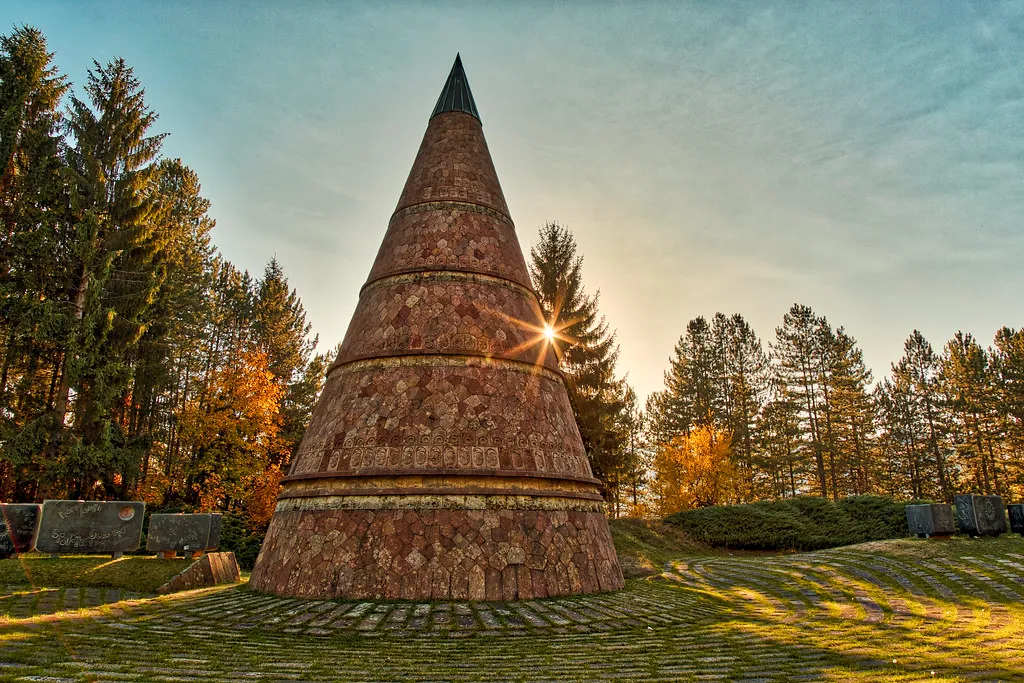
“Polimlje” Archaeological Museum
To learn more about the history of Berane and Montenegro in general, you can visit the “Polimlje” Archaeological Museum. The museum is located in the city centre. Over 9,000 exhibits are exposed, divided into archaeological, ethnographic, numismatic, heraldic, natural science, and art collections.
As a modern city, Berane offers many activities due to its rich nature and surroundings.
Skiing and Snowboarding
Berane might be described as mostly a winter tourism town. For example, winter sports enthusiasts can easily visit nearby ski centers like “Lokve” or “Hajla.” The ski center “Hajla” opened in 2017. It features two two-seater lifts, three ski lifts, and one baby lift. The track is 3500 metres long, with a height variation of 700 metres. The ski center provides all of the amenities needed for enjoyment and amusement, including ski school, ski equipment rental and service, and night skiing. A day ski pass for minors costs 5.00e, while adults pay 7.00e.
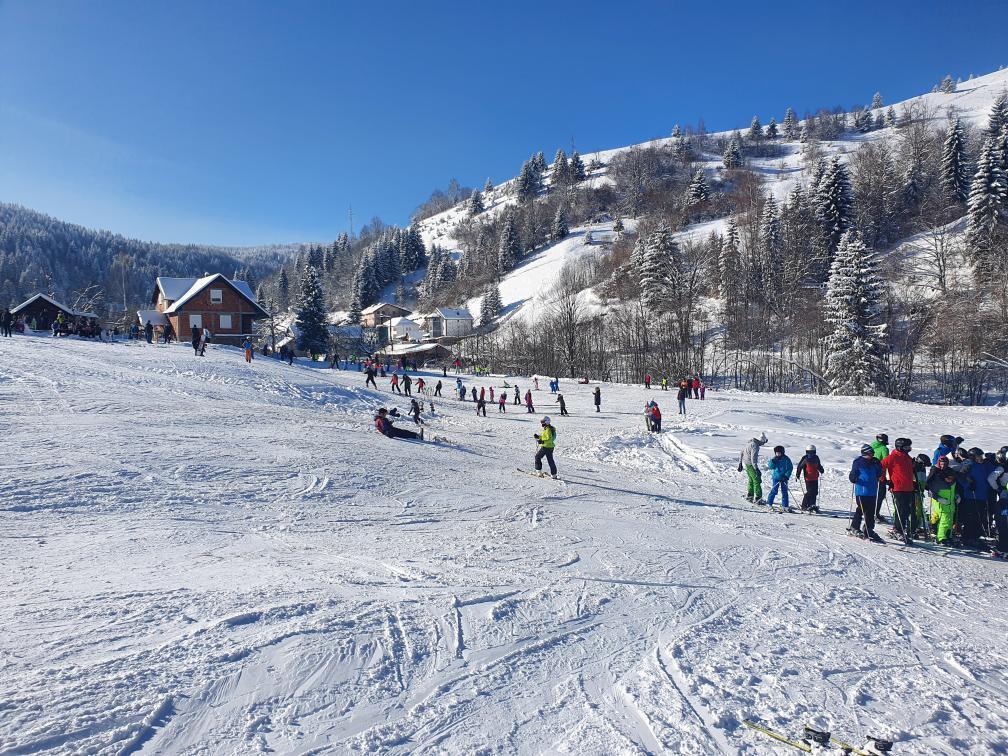
“Hot Winters in the Hills.”
Another attraction is the annual winter sports festival, ”Hot winters in the hills.” This is an interesting festival that brings people and visitors from many regions by coming winter sports and art. If you ask us, this is a must-do activity when visiting this city.
Mountaineering, climbing, hiking
The untouched nature of the surrounding mountain plateaus makes Berane a real heaven for raw-nature lovers. The mountain Komovi, for instance, next to Durmitor and Prokletije, represents the third most impressive mountain range in Montenegro. With peaks almost reaching 2,500 meters, Komovi mountain impressively dominates the southeast part of Montenegro. Besides the picturesque nature, this mountain offers abundant activities, such as hiking, sports and recreational climbing, mountaineering, and horse riding.
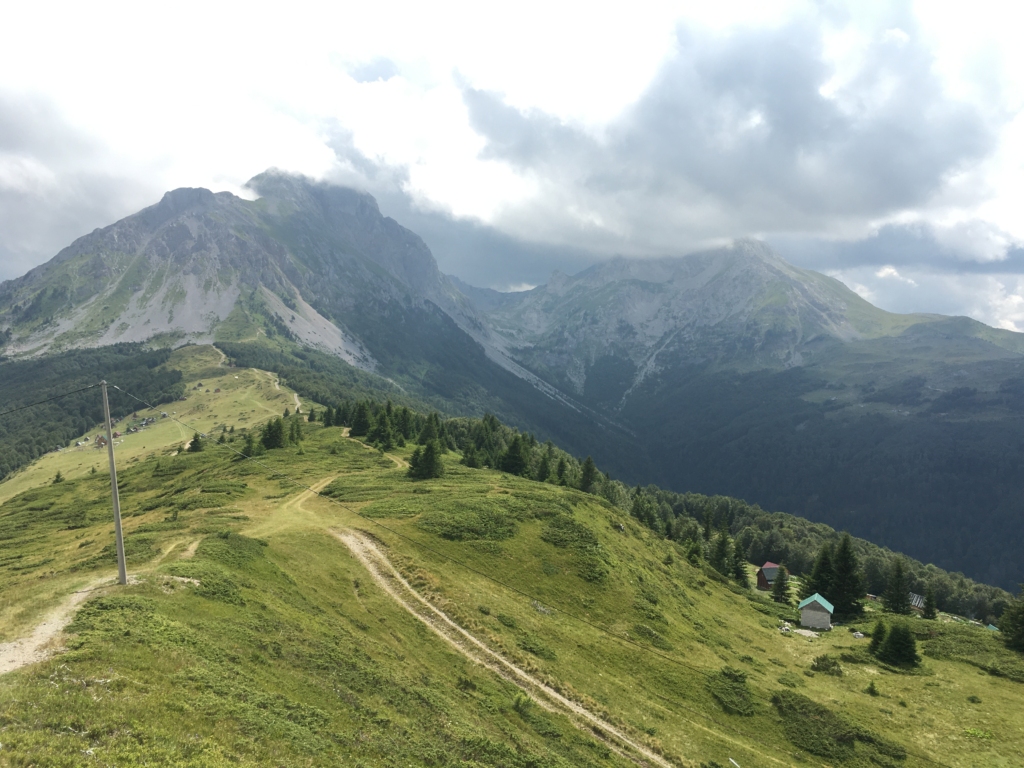
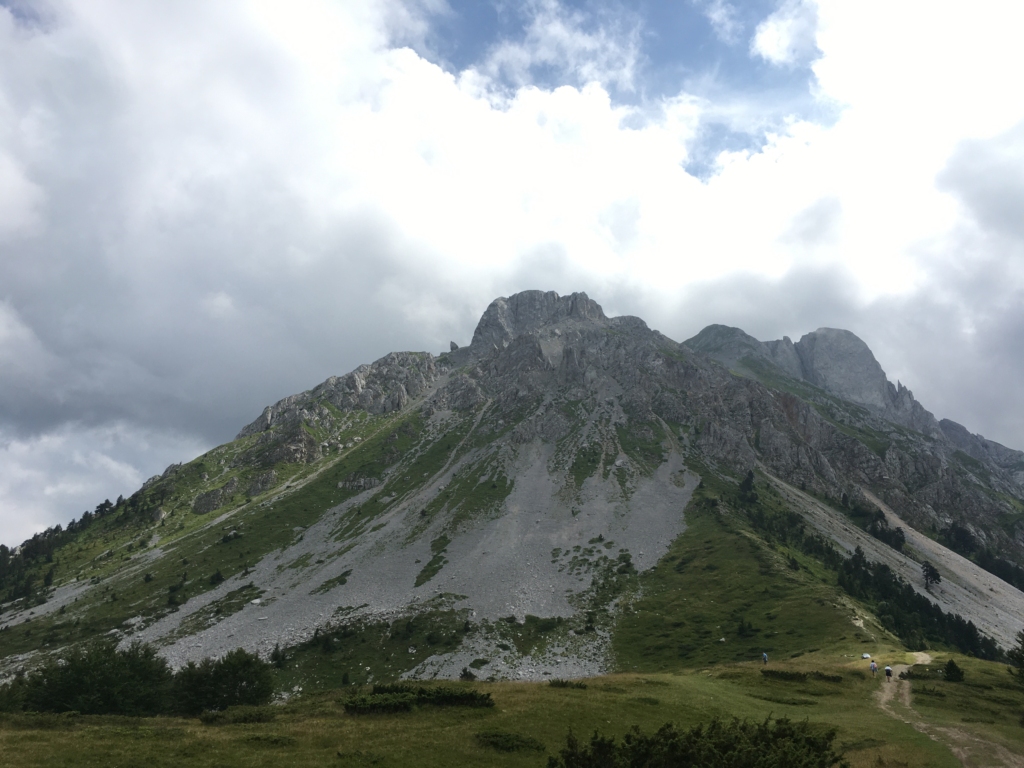
Eco Katun “Štavna” is an ideal starting point for the exhilarating adventures that await you here. Here you can find suitable accommodations such as mountain houses and bungalows. You can also try some of the most delicious Montenegrin specialties. All the food prepared here is made of organic and natural products.
The abundance of springs and lakes made Berane one of the richest cities in Montenegro hydrographically. Particularly, the mountain Bjelasica abounds in lakes: Pešića Lake, Šiško Lake, and Ursulovačko Lake. These are just some attractive places for tourists who want a peaceful vacation in preserved nature. Moreover, only a one-hour car drive from Berane, National Park Biogradska Gora is located. Out of five national parks in Montenegro, NP Biogradska Gora is the oldest one. Established in the 19th century, it officially became an NP in 1959. This park also is the smallest in Montenegro territorially. The largest part of the park is a reserve of rainforest Biogradska Gora. This is one of the last remaining rainforests in Europe.
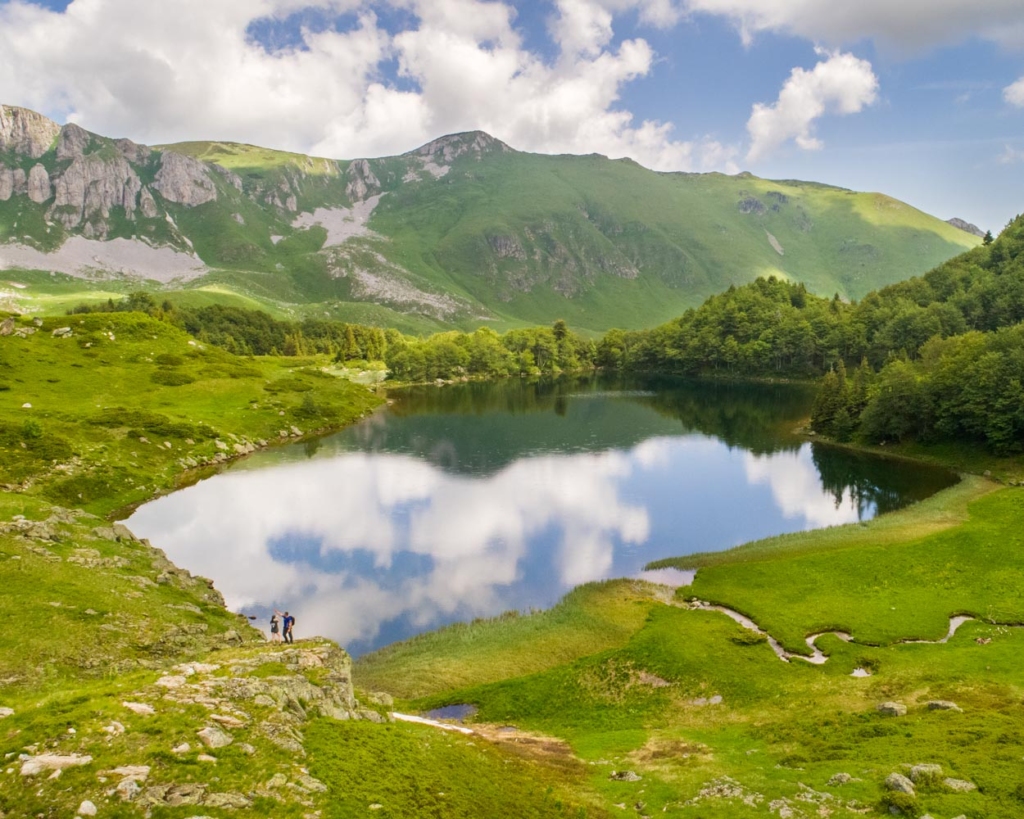
Climate
Berane has two climate types: moderate-continental and mountain (alpine). In winter, the temperatures can go up to -20 degrees Celsius. Daily temperatures can increase to 35-37 degrees Celsius in the summer. The coldest month is January, and the warmest month is July. You can often meet swimmers on river Lim’s shores on hot summer days. People come here to find salvation from the heat in the cool river Lim’s rapids.
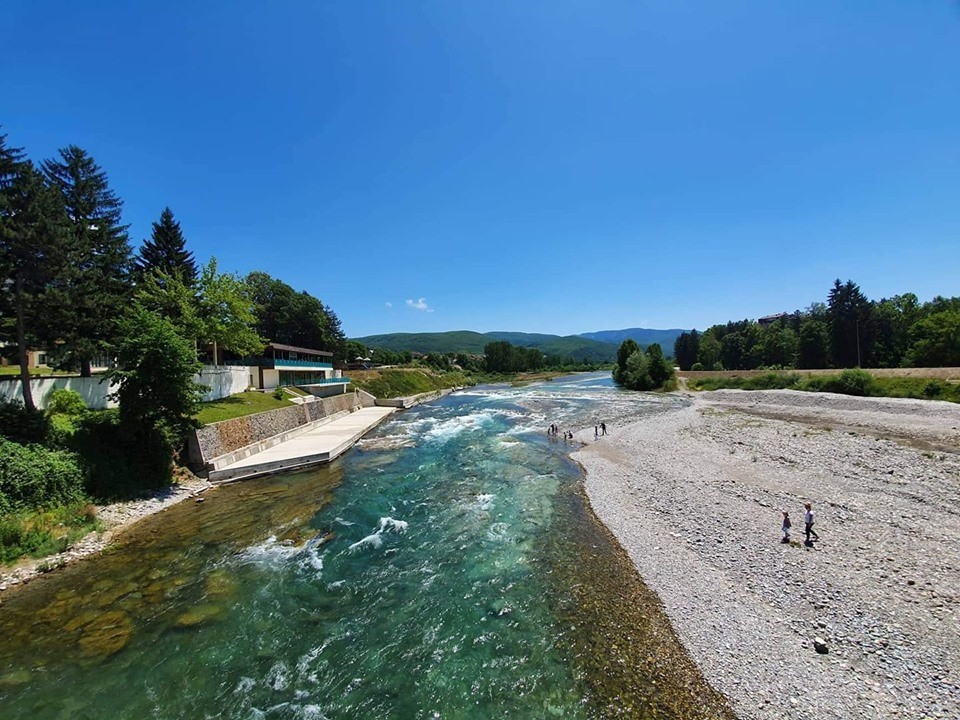
How to reach Berane
Berane is only two hours by vehicle from the capital city, Podgorica. From Podgorica, follow the route to Kolašin, then continue through Mojkovac to Berane. Berane is conveniently located near the Serbian-Montenegrin border at Špiljani, and offers easy access to the Serbian province of Raška. Buses go regularly from most Montenegrin cities to Berane.

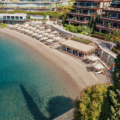

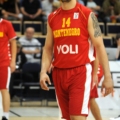

1 Comment